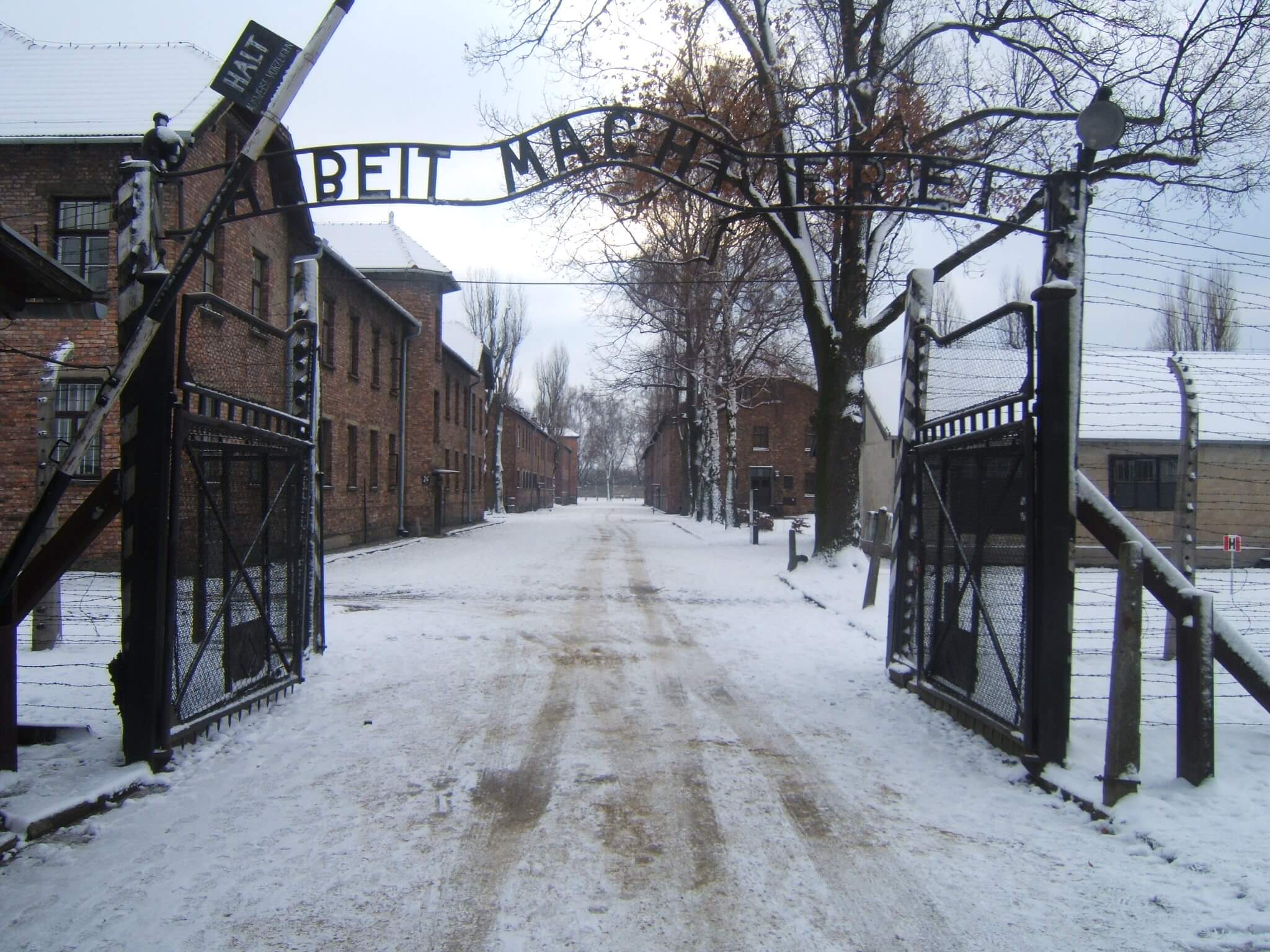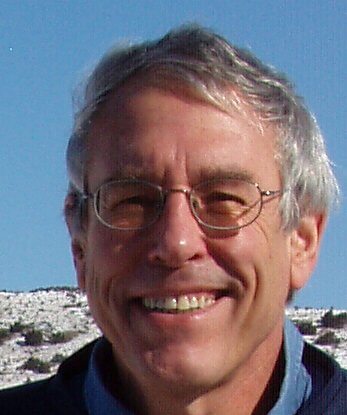I firmly believe that any travel experience that leads to deeper knowledge and a greater sense of self is more than just a vacation- it’s a journey of exploration. While it is sometimes nice to take a thought-free vacation where I can kick back and relax, these intellectual travel experiences where I can learn something new are the ones that I most often seek.
For me, for example, a trip to Germany can never be just a casual vacation. My family is of German-Jewish descent and I am filled with the memories of a family I never knew and of stories of my late father, who spent a difficult winter in a German concentration camp before emigrating to the United States just before World War II. The city of Berlin where my family lived, is a deeply personal location for me, as is any place associated with my family and the Holocaust. My parents were two of the lucky ones, survivors, but millions of others did not live through the Holocaust to start anew and tell their stories.
I oscillate between thinking that suggesting that people visit holocaust-related sites is ghoulish, and thinking that it is critical to the survival of civilized society. If you want to gain a deeper understanding of the Holocaust, and its attempts at exterminating Jews, Jehovah’s Witnesses, gays, Gypsies, and others deemed undesirable by the Nazis, then you need to go beyond what you’ve read in books or seen on TV. A visit to any of these places associated with the Holocaust will do more to make you appreciate your life than any secondhand experience could possibly do.
For anyone interested in Jewish history and the Holocaust, a trip to Amsterdam would not be complete without a visit to the Anne Frank House, the house where Anne Frank hid from the Nazis from 1942-1944 before ultimately being discovered in a police raid, and where she wrote her famous diary. Climb the steep staircases to the Secret Annex, the room behind a bookshelf where Anne and seven others hid before their arrest.
United States Holocaust Memorial Museum
I am lucky to live just minutes away from this phenomenal museum in Washington D.C. The wildly popular museum has had more than 40 million visitors since its dedication in 1993, and it’s no wonder that people keep coming back; after receiving an identification card with the name and story of a Holocaust survivor or victim upon your entrance, and then touring the hallowed artifacts of the museum, including 4,000 shoes taken by the Nazis from the bodies of death camp victims and a cast from the original entrance to the Auschwitz death camp inscribed with the seductively optimistic phrase, “Arbeit Macht Frei” (Work makes you free), you cannot leave unchanged.
One can never truly understand what it was like to be in a death camp without walking through the fortified walls of Auschwitz in Oswiecim, Poland, the largest concentration camp complex established by the Nazi regime, or of Dachau, in the Munich suburbs, and seeing their crematorium buildings and in Auschwitz, the gas chambers. It is estimated that 1.3 million prisoners passed through Auschwitz’s walls, and 1.1 million died at the hands of camp authorities, and in Dachau, some quarter-million died as a result of medical experiments, executions, exhaustion, and starvation.
Formally known as The Memorial to the Murdered Jews of Europe, this stunning memorial displays the names of approximately 3 million Jewish Holocaust victims inscribed on 2,711 concrete slabs. Walking among the slabs is a haunting and humbling experience.
This area of Prague located between the Old Towne Square and Vltava River dates all the way back to the 13th century when Jews were forced to vacate their homes and settle in one area; the Jewish Quarter memorializes a long history of Jewish persecution. It is a wonder that all of the building survived the Nazi occupation, but Adolf Hitler decided to spare the area as a “museum of an extinct race.” The Jewish Quarter is also the birthplace of the esteemed author, Franz Kafka.
While all of these places will give you a deeper understanding of the Holocaust, I’ve just skimmed the surface of places touched by this devastating period of murderous history. I encourage you to do some exploring of your own. Seek out Holocaust survivors, or find recordings from the University of Southern California’s Visual History Archive that now also include testimony from other genocidal events. Listen to the stories – their voices demand to be heard and should never be forgotten.

